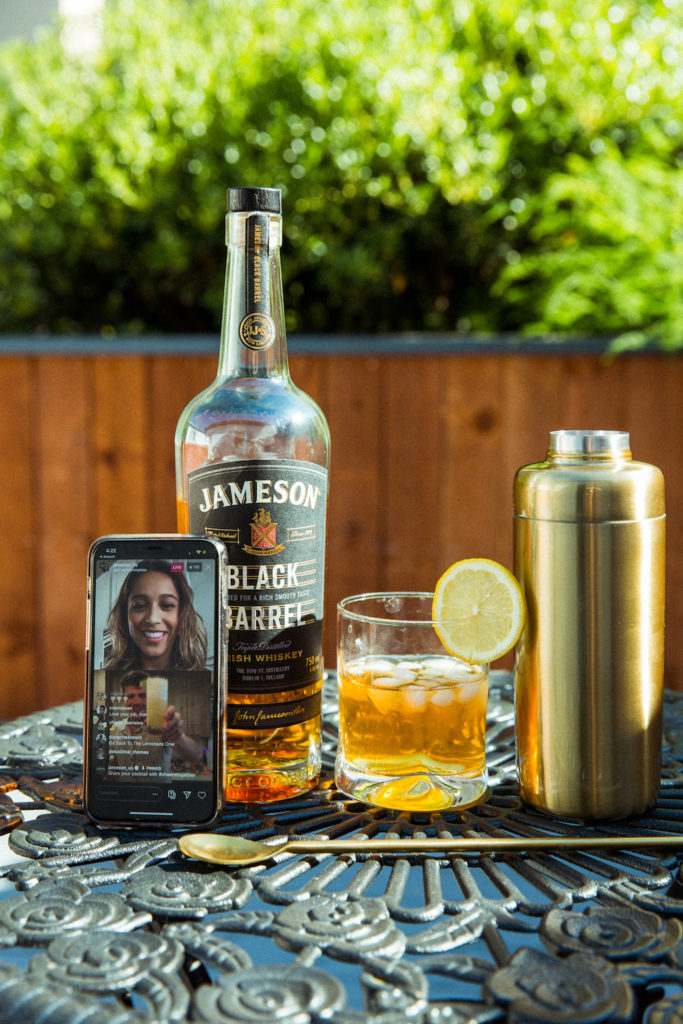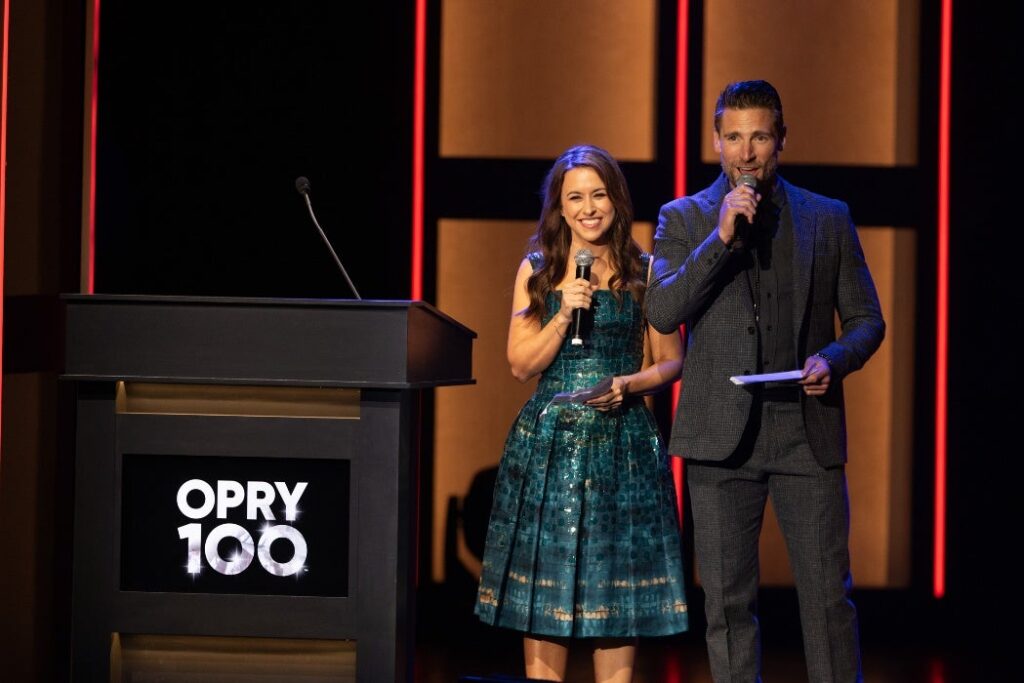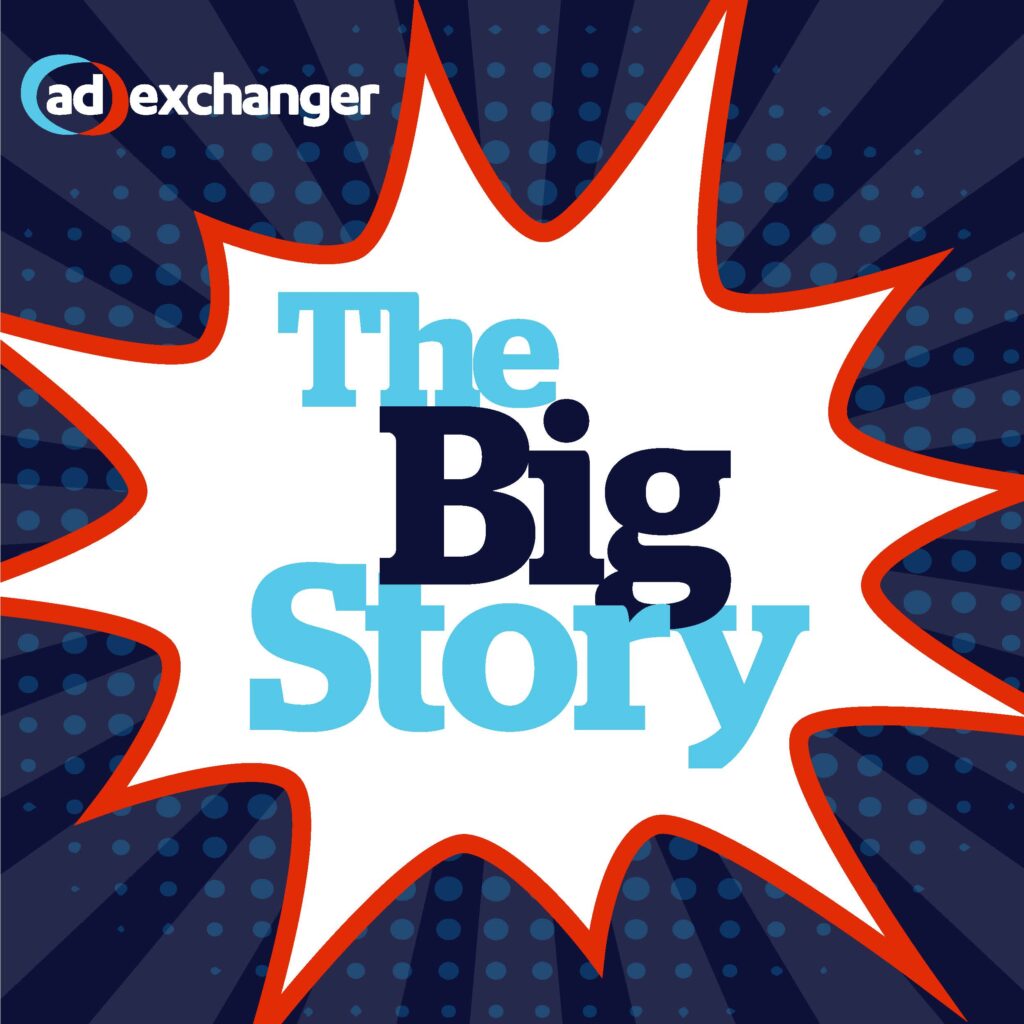
The alcoholic beverage industry—and the community of bartenders and distributors that support it—has been hit hard by the COVID-19 pandemic. Adapting to the prohibition of on-premise alcohol consumption, marketers have had to develop other ways of connecting with their community and consumers.
Jameson, for instance, acted swiftly in the face of bar closures, starting with a virtual St. Patrick’s Day toast. The brand continues to hold virtual happy hours and cocktail classes, engage consumers on social media with games and entertainment, and assist its struggling bartender community with matched consumer donations. The latter entailed donating $500,000 to the U.S. Bartenders Guild’s Bartender Emergency Assistance Program to support out-of-work bartenders. Following is a chat with Kate Pomeroy, Pernod Ricard’s VP of Marketing, about the brand’s latest challenges and initiatives.
Chief Marketer: How has Jameson’s business been affected by COVID-19?
Kate Pomeroy: It started with St. Patrick’s Day, which is a key holiday for Jameson. It became the signifier of day one of lockdown in many respects and in many parts of the country. Then there’s the shutdown of the on-premise, which impacts Jameson as well. However, on the positive side, we’ve seen a huge shift to buying off-premise. Consumers are buying trusted, leading, premium brands and Jameson is part of that repertoire. Our off-premise sales have really helped to offset the on-premise.
CM: How did the decision to donate to the U.S. Bartenders Guild come about?
KP: I must admit I’m a little bit about a prepper. So, around the third week of February, I asked the team to come up with a plan B for St. Patrick’s Day. About a week before the holiday, it became clear that it was not going to happen in its usual way. We realized the bartenders who have always been supporters of Jameson—they are like our family—were going to be severely impacted not only for St. Patrick’s Day but for the long haul.
So, we asked ourselves, what can we do to give back to support those who always supported us? We were looking at different charity components and we landed on the U.S. Bartender’s Guild, a very reputable body that supports bartenders in times of need. We started off with a $500,000 pledge. We also pivoted our St. Patrick’s Day activities entirely to virtual, one of the first of many Zoom happy hours that consumers were about to embark on. We developed an asset featuring bartenders from their homes, sharing how they were feeling. Even though St. Patrick’s Day events were canceled, that didn’t mean that the spirit of St. Patrick’s Day was canceled, and the spirit of connection and people coming together will always be there.
Then we added a consumer pledge, promising that we would match that pledge up to $100,000. Within just a few days, consumers donated over $200,000. We were blown away by their donations. In total, we donated over $800,000 to the U.S. Bartenders Guild. We like to think we got the ball rolling for other suppliers and our distributor partners because they quickly followed with their donations as well.
CM: In terms of the virtual happy hours, have you implemented anything that’s recurring?
KP: Yes. The virtual cheers and toast was led by a prominent Irish bartender and had over 3,000 people on the first virtual happy hour. Since then, we’ve implemented Whiskey Wednesdays. Every Wednesday we have a virtual happy hour on our Instagram Live channel. We’re doing virtual cocktail classes and live-streamed events. On May 2 we’re doing a 24-hour live-streamed event with NTS and Remote Utopia, which is supporting musicians and the Global Foodbanking Network. We have an upcoming virtual distillery tour on World Whiskey Day, which is May 20. We like to think of it as, “from our home to your home.” Overall, we’re thinking about how we can bring either entertaining content, some form of comfort or some form of togetherness and connection during this period. We’ve seen that people have that yearning for connection at times like these, even if it’s virtual.
Other articles you might enjoy:
- Q&A With Mastercard Global CMO Raja Rajamannar
- Six Tips for Engaging Audiences With Virtual Experiences
- Four Insights for Marketers Considering Digital Events
CM: What channels are you using to market these initiatives to consumers?
KP: Our digital/social channels and our owned and earned channels. We also have a community of influencers. But the place to get involved is our social channels, in particular Instagram Live.
CM: How has your marketing spend shifted?
KP: We’re spending less money on traditional advertising and shifting our focus to social media/digital. We’re in the process of planning for recovery and resetting our spending plan for when that gradually arrives, when things reopen.
CM: Do you have any tips or insights for marketers converting to virtual?
KP: My number one tip would be to put the consumer first and think about what’s most relevant to them at that particular time. There’s been different phases to this pandemic, and as I said St. Patrick’s Day was almost day one. At that time, we didn’t know what was to come, but at every phase it’s about being in tune with the consumer psyche to understand how you can be relevant, how you can help, how you can support them in whatever they need at that point.
There is a lot of research and content out there on understanding consumer sentiment and all of these different phases. That’s a good place to start. The comments from consumers on social channels give you insight. The spark for the donation idea came from our social channels and looking at what consumers and bartenders were saying on those channels.
CM: How are you are keeping in touch with distributors right now?
KP: Obviously we have all adapted to a virtual world, so we’re closely monitoring state sales trends and staying in virtual touch with distributors and customers through our sales teams, and in particular making adjustments to supply chain as needed. For example, we seeing more demand for a 1.75 liters, so making sure we’re not out of stock on any item has become a key initiative.
CM: Any trends you think are important for marketers to follow this year?
KP: Overall, consumers are changing. They’re changing their behaviors, they may be changing their priorities in life. And I think this pandemic is giving consumers a bit of a reset button, and behaviors and consumption patterns—the shape of demand coming out of this—might be very different. From a marketing trends perspective, [it’s about] understanding how things are changing and how you as a marketer can tap into that. That’s really the key question for us all coming out the other side.




